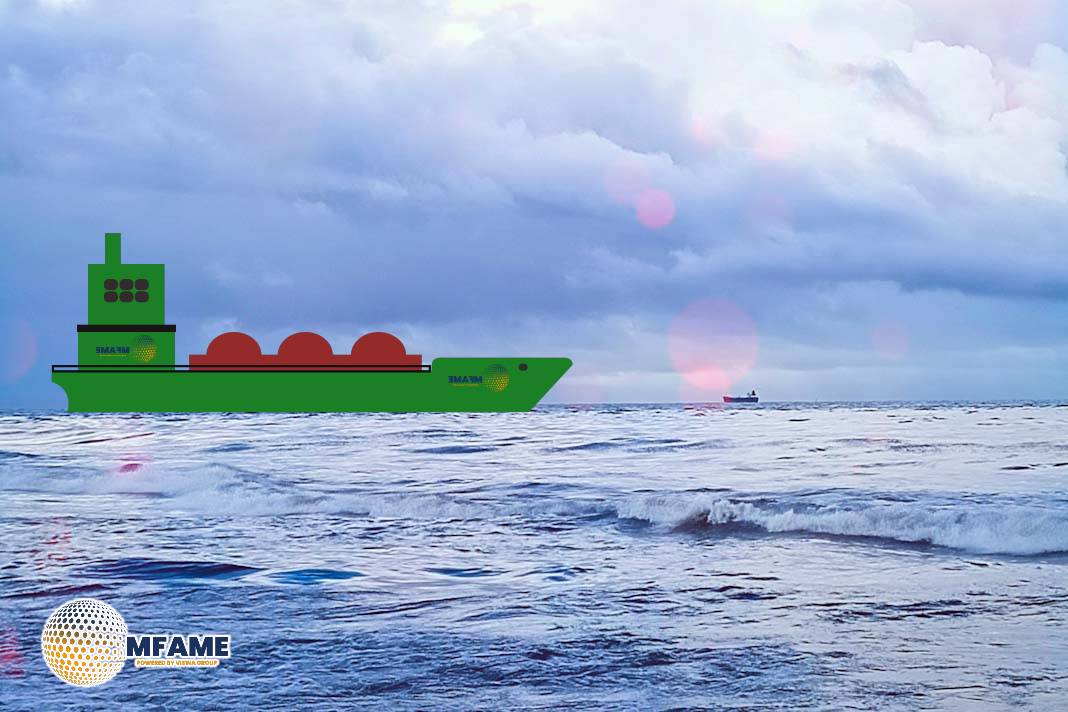 A recent research study titled “How much could barnacles limit shipping’s decarbonisation?” highlights the significant threat barnacle biofouling poses to global decarbonisation efforts. Published by I-Tech, the developer behind barnacle-repelling antifouling technology, the study is based on inspections of 685 vessel hulls and reveals a widespread and under-addressed contributor to increased fuel consumption and greenhouse gas emissions.
A recent research study titled “How much could barnacles limit shipping’s decarbonisation?” highlights the significant threat barnacle biofouling poses to global decarbonisation efforts. Published by I-Tech, the developer behind barnacle-repelling antifouling technology, the study is based on inspections of 685 vessel hulls and reveals a widespread and under-addressed contributor to increased fuel consumption and greenhouse gas emissions.
Widespread Barnacle Biofouling Found on Global Fleet Sample
The study found that over one-third of the 685 vessels inspected between 2015 and 2025 had barnacle coverage exceeding 10% of the hull surface. Alarmingly, more than 20% of the vessels had barnacle coverage exceeding 20%, a level that dramatically increases resistance and fuel consumption. In contrast, only 140 vessels had optimal hull conditions with less than 0.1% coverage.
Tankers were the most affected ship type, with nearly 90% showing signs of barnacle fouling, compared to around 70% of car carriers and container ships. Vessels with lower operational activity were particularly vulnerable, especially in the flat bottom hull area, where barnacles tend to accumulate more than on vertical sides or boottop zones.
Biofouling Increases Emissions and Fuel Use Substantially
Barnacle biofouling not only affects hydrodynamics but significantly raises fuel usage and emissions. According to the study, a vessel with more than 10% hull coverage by barnacles may require up to 36% more shaft power to maintain normal cruising speed. Based on extrapolated data from a 2011 study by Michael P. Schultz, this level of biofouling could be responsible for 110 million tonnes of additional CO₂ emissions annually, alongside an estimated $15 billion in extra fuel costs.
Given that this estimate is conservative, the true environmental and economic cost is likely even higher, particularly when considering rising fuel prices and stricter emission targets.
Call for Enhanced Antifouling Strategies
I-Tech’s Technical Director Markus Hoffmann emphasized the urgent need for high-performance antifouling coatings, especially for ships experiencing long idle periods. The report urges ship owners to prioritize coatings with biocides that specifically target hard fouling like barnacles, even under static conditions.
The company recommends a more strategic antifouling selection process, taking into account vessel type, activity levels, and operational routes. Stronger antifouling protection is crucial not only for reducing emissions but also for ensuring energy efficiency across the global commercial fleet.
Did you subscribe to our daily Newsletter?
It’s Free Click here to Subscribe!
Source: OFFSHORE ENERGY














